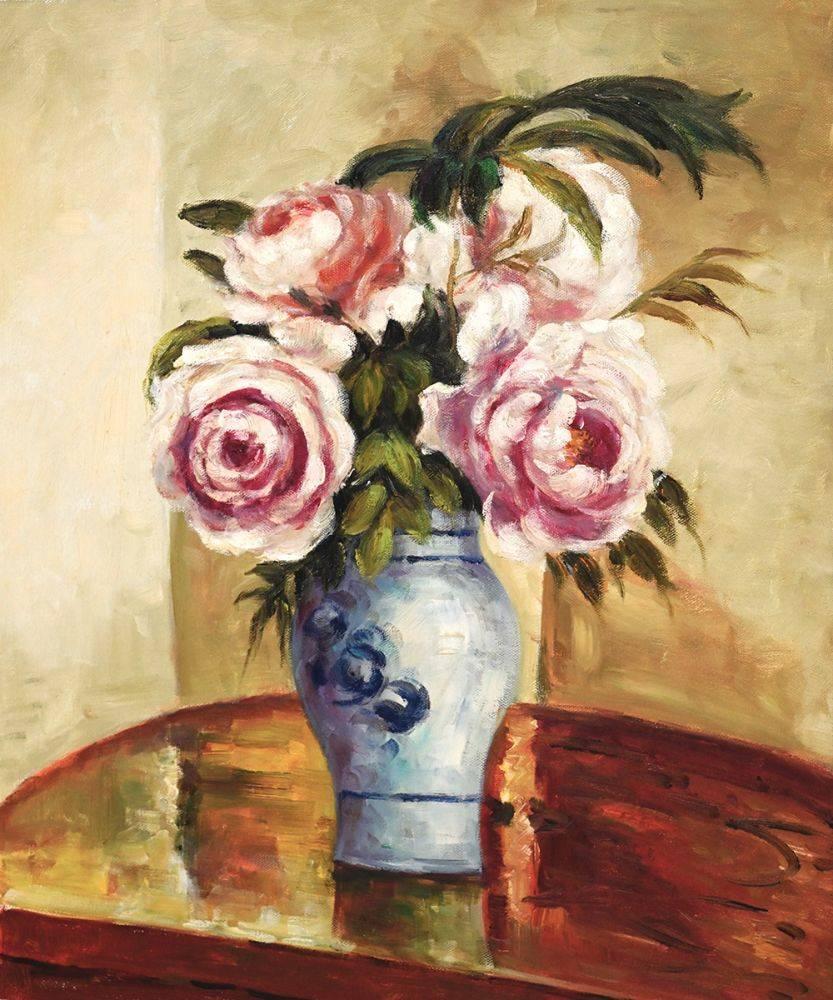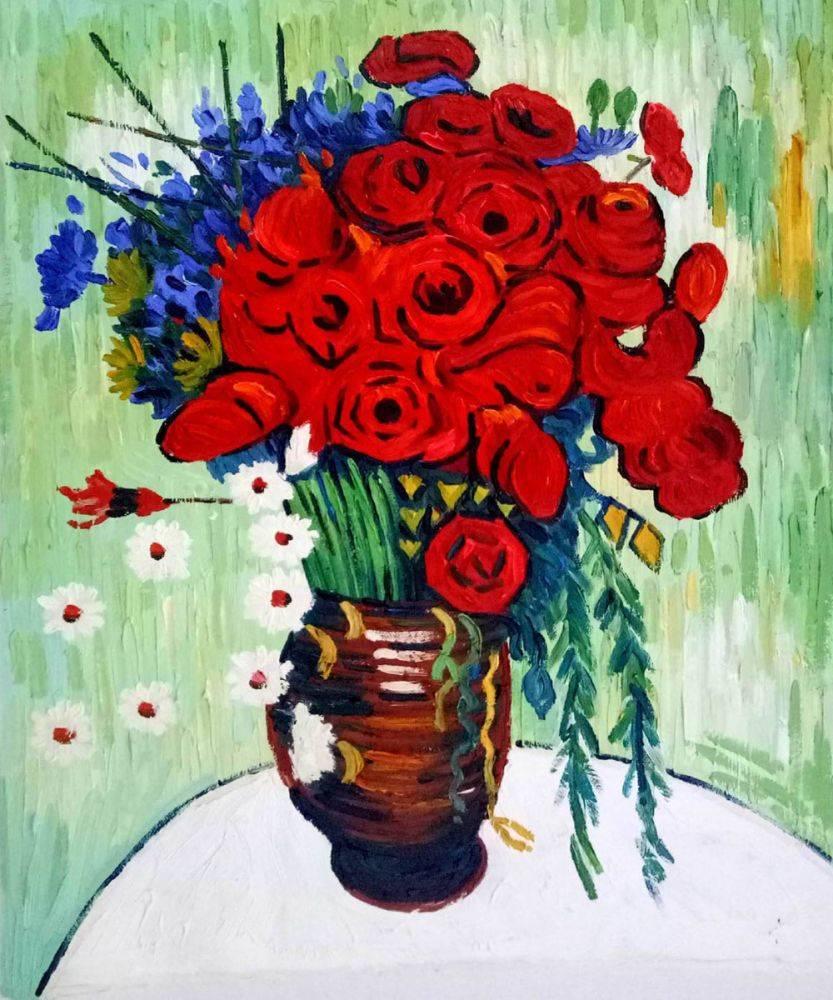Art & Decor Trends
Is that Van Gogh Painting at Penn Station?
 On a chilly Tuesday morning, a young man dressed in a pair of jeans and a baseball cap walked into a Washington D.C. subway station. The man then pulled out from his case a $3.5 Million Stradivarius violin and started to play. That auspicious young man was Joshua Bell a world-class violinist, one of the best violinists in the world, who usually performs at the biggest most prestigious concert halls in the world in front of sell-out crowds.
On a chilly Tuesday morning, a young man dressed in a pair of jeans and a baseball cap walked into a Washington D.C. subway station. The man then pulled out from his case a $3.5 Million Stradivarius violin and started to play. That auspicious young man was Joshua Bell a world-class violinist, one of the best violinists in the world, who usually performs at the biggest most prestigious concert halls in the world in front of sell-out crowds.
On that chili morning, the commuters that passed by on their way to work had a chance to listen to Bell play one of Bach’s most sophisticated concertos for Violin.
Even though one of the world’s greatest musicians was playing for free right next to them, out of 1,087 people who walked across Joshua Bell that day only three stopped to listen!!! If that same Joshua Bell played that same concerto at Albert Hall people would be lining up in the street, but here for FREE in the subway, they shrugged and ignored his beautiful interpretation of Bach.
This behavioral phenomenon can be accredited to a powerful underling force that influences us all. That force is called value attribution; it means that we attribute certain qualities according to an irrational perception of reality. While we may be hearing the same musician playing the same concerto at both instances, we attribute more to the music Joshua Bell performs on the big stage then on a corner of a subway station.
This phenomena got me thinking, was Shakespeare wrong? A rose by any other name would NOT smell as sweet?!
Now, you ask yourself: “what does all this have to do with art?” Well… everything…
Value Attribution in the Art World is so entrenched; it seems that one must die before he may receive any acclaim.
Imagine seeing Vincent Van Gogh, or Claude Monet paint on a street corner? Most of us wouldn’t even stop and stare at the bizarre man painting on the sidewalk. Nevertheless, we marvel and rejoice their work on the MoMA museum walls and those who can afford cough up millions of dollars to have the privilege of hanging one of their originals on their wall…
The same is true with the oil paintings themselves… when we see a glorious painting embraced by a beautiful, powerful frame, exhibited in a fancy museum; we attribute greatness to the artwork and its creator. Take that same painting and strip it from its frame and place it in a suburban home and you get a great wall décor piece, but would people attribute greatness to the oil painting? It seems that people around the world act predictably irrational when it comes to art.
Local galleries are aware of value attribution and wrap the paintings they display in an aristocratic appeal while jacking up prices. This gives the gallery followers the perception of high value. Companies like OverstockArt.com which, sell hand painted art on canvas online, have a hard time sueding their customers and therefore must sell the same art that the gallery sells for a fraction of the cost.
As consumers, we need to be aware of these underlying forces that influence our perception of quality, we must find a way to let go of some of these bad habits and focus on the rational and important attributes.
If we are able to judge art by the sole most important attribute of all: “Do I like this painting?” we might be able to spot a Pablo Picasso on the street corner, a Claude Monet painting in the park, or Vincent Van Gogh holding a pallet in the subway station.



